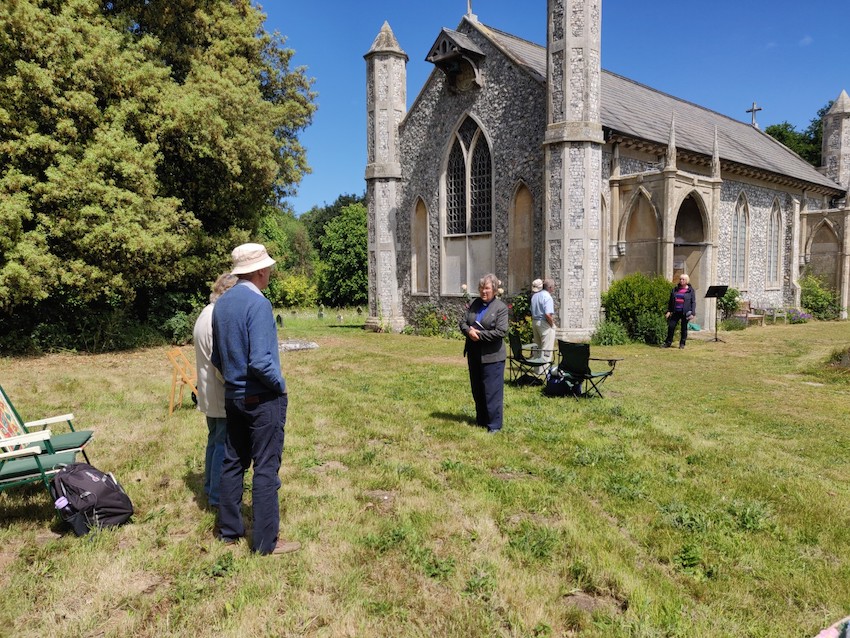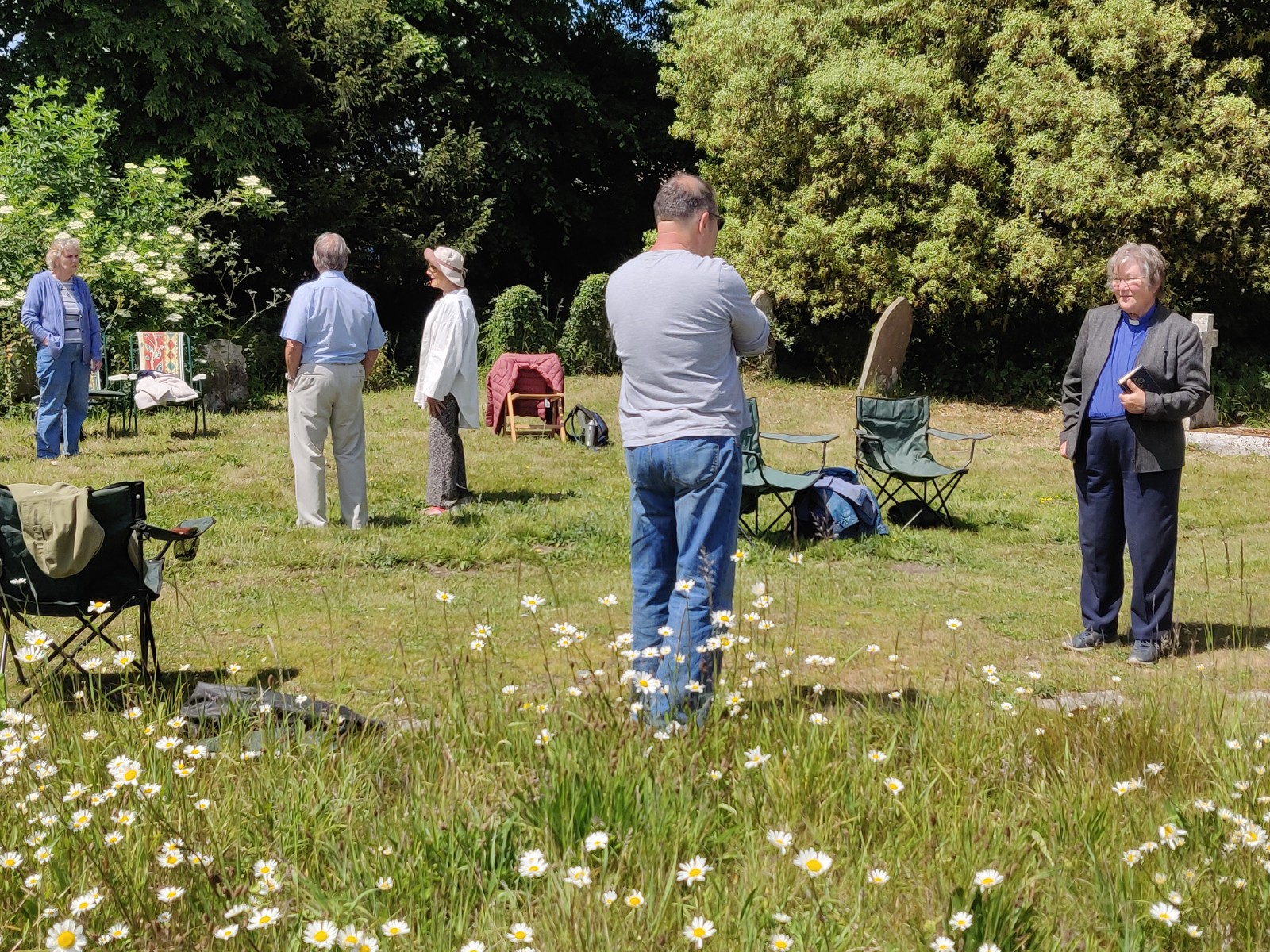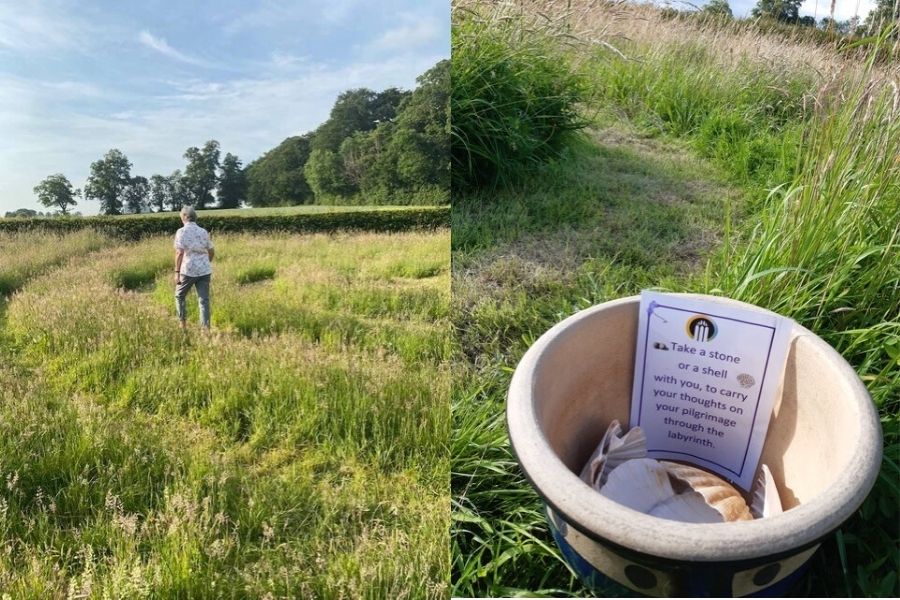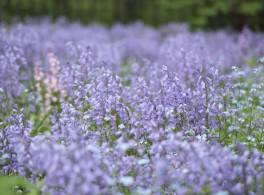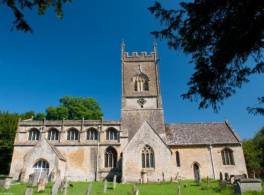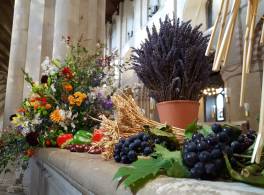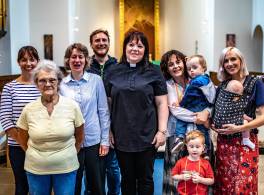The lengthy period of lockdown, to varying degrees, and the necessity for people to stay at home or isolate, has been very difficult for everyone.
As the restrictions come and go, many church congregations and local communities are carefully examining which activities can safely run and how. Gathering outdoors is generally safer, to prevent infection from the COVID virus, and so where conditions permit could be a good alternative to meeting indoors.
Remember, the guidance produced by the government and the central Church on keeping safe, and also the instructions of the Bishop in your diocese, should be carefully followed.
Government guidance is clear that outdoor activities are safer than indoor ones. This can be an opportunity to notice and be thankful for God’s creation; noticing the trees, plants, birds, and insects around you, and feeling the sunshine and wind (or refreshing rain!) on your face.
Churchyards are also often full of fascinating monuments which tell the story of your community over the centuries. Sometimes they contain imagery and poetry and express joy and faith, as well as sadness, even perhaps unease, for example monuments of people related to the Slave Trade. These can offer opportunities for reflections on life, remind people of their shared past, and encourage discussion about our place in the world, and how we might prayerfully work towards creating a better one.
Below are a range of resources that you may like to try out in your churchyard, local park, or (if you are fortunate enough to be able to) on a walk in the countryside. You may also be able to find joy and wonder from your armchair looking out the window, viewing nature photos or videos, or in your garden.
Starting point
Principles for taking church activities outdoors
- Leave the space as you found it.
- Keep it manageable. Think carefully about the group size that you can manage safely. The current COVID guidance will help you work out the maximum group size, but you should also think about what will work well with worship. You should not be shouting, so amplification may be needed to communicate effectively outside while practising physical distancing. The context is important too – you need to think about road noise, neighbours and other users of the outdoor space, such as those tending graves for example.
- Be in the space, don't try and make it like 'normal' church. It isn't. Attentiveness to place is fundamental to outdoor worship. Worship can be shorter, more informal and more inclusive.
- Allow the place itself and the Holy Spirit to lead you. Encourage people to relax and be themselves. With children that means active exploring, piling sticks, looking for signs of life and having fun. Adults can be encouraged to be mindful, to share their experiences with each other, and perhaps to create an artwork with found materials.
- If you are leading a trail around the churchyard, whether to look at memorials or nature (or both), remember to tread lightly and to help maintain physical distancing. You can point things out without handling them.
- You are visiting other species’ homes, so treat it with respect. You may not necessarily see them because until they get to know you the residents will scuttle away. But don't be surprised if they start to observe you. Birds especially are known to take an interest in spiritual matters outside. No one knows why it is but many have commented on it.
- Be mindful this may be an active place of commemoration. As in a church, be respectful to others in your demeanour and actions. While children should be encouraged to enjoy themselves, noise should again be kept down to a reasonable level to avoid disturbing others.
- Use silences far more. Listen and watch for the presence of God in the world around you.
- Go with the seasons of nature. The church seasons are, in some senses, linked. For example the birth of Christ, the Light of the World, is celebrated just after the winter solstice, so the days have become fractionally longer. Easter, resurrection and rebirth comes as spring gets going. By embracing this people will see how much more tightly bound the church calendar and nature's timings are than they might have previously thought.
- Meet in the round, suitably spaced, or go for meditative walks. If you just sit in rows and do 'normal' church outside you'll be missing a great opportunity and people will be disappointed because it'll be neither one thing nor another.
- Be sure that we are not taking from nature without giving back. There needs to be balance in the mix somewhere that includes a commitment to environmental awareness in daily life rather than just taking what we need for our spiritual wellbeing and then going back to business as usual.
- There's no such thing as the wrong weather, only the wrong clothes! Sturdy footwear at least is a must, the outdoors, including churchyards, can be uneven, slippery and mucky! Always exercise reasonable care, especially if you are leading a group.
Resources
The resources below have been suggested by people around the country who regularly lead outdoor worship; thank you to everyone who has shared photos and resources with us.
Practical examples from around the country
- St James's Piccadilly “Eco Garden Liturgy”.
- “Blessing on the Beach” from the Loaves and Fishes project (from the Environment Groups of the Blackburn Anglican Diocese and Churches Together in Cumbria, the Lancaster Roman Catholic Diocese Faith and Justice Commission, Churches Together in Lancashire and CAFOD Lancaster).
- “Outdoor worship: connecting people with God in the outdoors” from Thurloxton.
- Chipping Norton Deanery has created a set of “Pilgrim Paths”: walks with places to stop and reflect.
- A "churchyard prayer walk" from Holy Trinity Hurstpierpoint.
- "Mossy Church" liturgy, from a project run on a housing estate in Scunthorpe.
- "Local Prayer Spaces" from the Diocese of Salisbury.
- St John's Sharow have created a labyrinth for spiritual reflection.
If you know of a good example, please send it to [email protected] and we may be able to include it here.
We are indebted to the many people around the country who shared their experiences and examples with us to help us create this page, with particular thanks to Cate Williams, Paul Cudby, John Rodwell, Geoffrey Hunter, Janet Stewart, and Dan Papworth.
